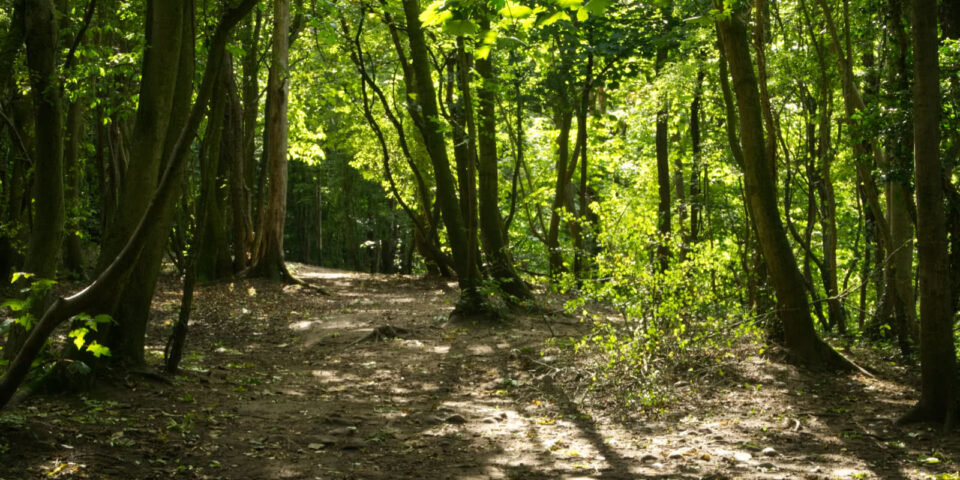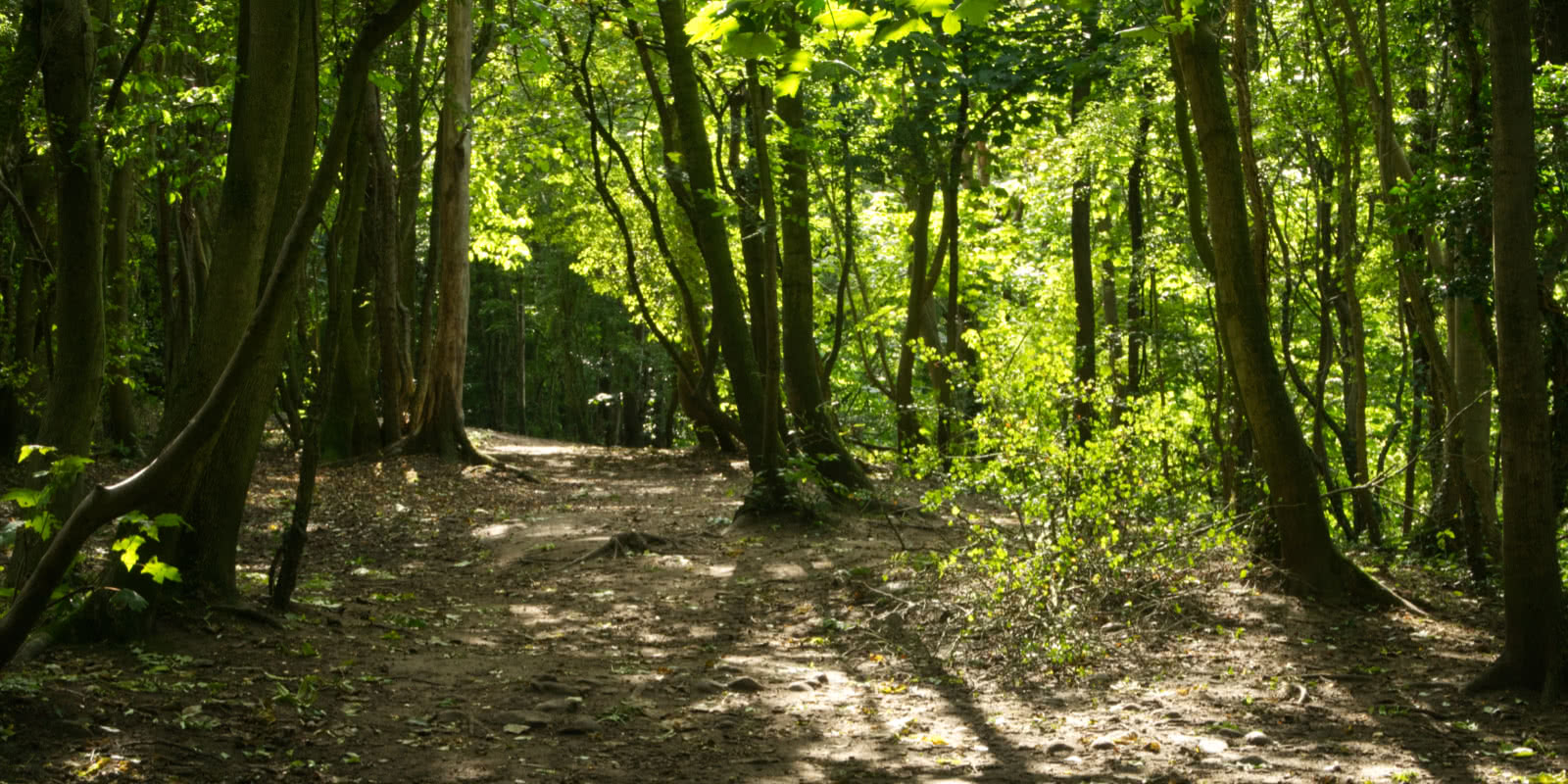Recent Visits to Hell Wath
19.05.2023 | Latest News

There have been several visits made to Hell Wath recently, all which add important information about the site and how it can be managed in future to preserve its special qualities.
Meadows
Hell Wath has important grassland meadow habitats, especially in the Local Nature Reserve. FOHW hosted a visit by the Woodmeadow Trust on Wednesday 10th May. This followed an application made by the Trustees to become one of five project sites the they are looking to support over the next three years. If successful, this would give FOHW access to Woodmeadow Trust funding, knowledge and experience – essential to maintaining and improving the grassland meadows on Hell Wath. Even if FOHW are not successful, the Woodmeadow Trust will be a very useful source of information, allowing us to develop a good plan for improving our meadow areas. https://www.woodmeadowtrust.org.uk/
Trees, Hedges and Scrub
On Wednesday 12th May, FOHW hosted a visit by Stephen Morley, the National Trust Nature Conservancy Advisor. This visit focussed on the woodland trees, hedgerows and scrub growing across Hell Wath. Stephen was able to provide us with valuable insights into the management of these habitats and it became clear that Hell Wath would benefit from a comprehensive Woodland Management Plan. This Plan would set out a long-term strategy for protecting our ancient, veteran and notable trees; and managing our woodland, hedgerow and scrub areas to ensure a good range of native species and plant maturity to improve wildlife habitats. A proposal is being put forward to the Skell Valley Project to fund this work.
River Skell
FOHW hosted a visit by Duncan Wishart, Water Adviser for the National Trust, Leeds on Tuesday 16th May. This visit focussed on the course of the River Skell along the border of Hell Wath. Duncan gave a very interesting insight into the history of the river from 270 million years ago !) and explained changes in the course and nature of the river since that time. During our walk along the river Duncan identified both natural and man-made interventions which have, and continue to impact the course and flow of the river. He even identified facing stones that formed part of the Skell Crooks Dam that we now think was ruined during severe flooding in 1892. Duncan examined the river flow at the base of the Fairy Steps and explained why changes to the course of the river here would unlikely be successful in the long term and may cause problems elsewhere if implemented. He noted the gabions placed at the base of the Fairy Steps to protect them and prevent further river bank erosion. These are currently in good condition but will need to be maintained to ensure they continue to give good protection in future.
All of these visits will be followed up by the Trustees and FOHW Members will be encouraged to participate in the development and review of the plans to manage nature and habitats across Hell Wath.
